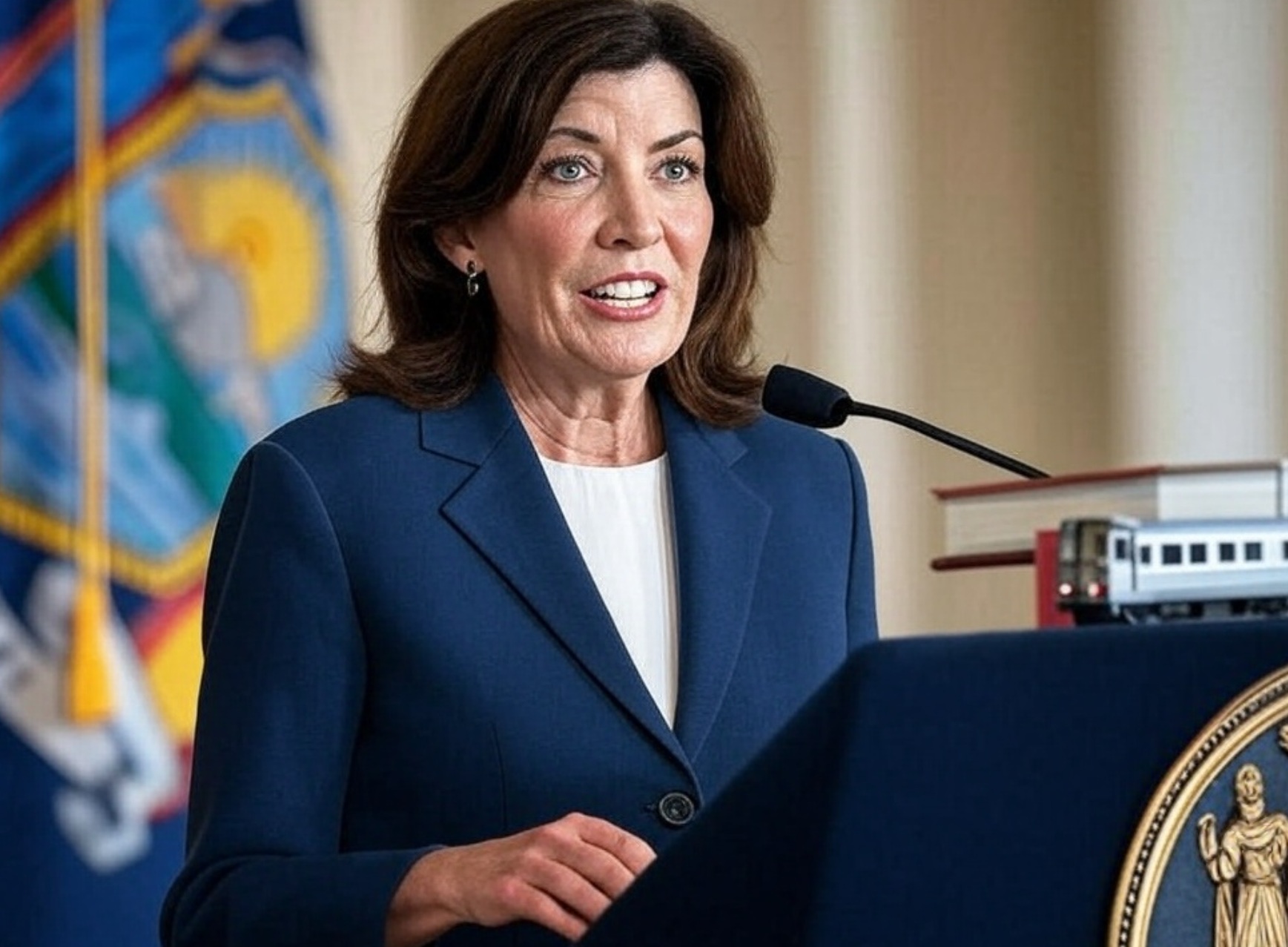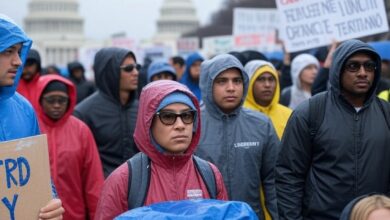Breaking News: New York State Finalizes $254 Billion Budget with Landmark School Cellphone Ban and Major Investments

New York, NY – On April 28, 2025, Governor Kathy Hochul announced a historic $254 billion state budget agreement, reached after nearly four weeks of intense negotiations with legislative leaders, missing the April 1 deadline. The budget, which still awaits approval from the New York State Assembly and Senate, introduces transformative policies affecting education, public safety, transportation, and economic relief across New York State, with significant implications for New York City, Long Island, the Hudson Valley, and beyond.
School Cellphone Ban: A Focus on Education
One of the budget’s most prominent features is a “bell-to-bell” cellphone ban in schools, a measure championed by Governor Hochul to curb classroom distractions and address growing concerns about youth mental health. The policy will require schools to restrict student access to smartphones and earbuds during the entire school day, potentially through collection systems or lockable pouches. The initiative, which follows a $13.5 million proposal averaging $18,000 per school district, aims to foster a more focused learning environment and reduce the negative impacts of excessive screen time. This move has sparked debate, with supporters arguing it will improve academic performance and mental well-being, while critics, including some educators, suggest teaching responsible device use could be more effective.
Historic Education Funding
The budget allocates a record-breaking $37 billion to education, reinforcing New York’s commitment to its public schools. This funding includes support for universal school meals, ensuring students across the state have access to nutrition, and additional resources for New York City public schools, which serve over 1 million students. The investment addresses long-standing demands from educators and families for equitable funding, particularly in underserved communities. However, some districts, like Horseheads Central School District, have expressed frustration over the budget’s delayed passage, which complicates financial planning and risks overestimating revenues critical to staff livelihoods.
Transportation and Infrastructure: Bolstering the MTA
The Metropolitan Transportation Authority (MTA) will see significant support through an increase in payroll taxes on large companies to fully fund its capital plan. The budget includes billions for subway system upgrades, addressing chronic delays and improving accessibility across New York City’s transit network. Additionally, the New York State Thruway Authority is set to recover $70 million in unpaid tolls from 2024, cracking down on toll evasion to ensure sustainable funding for infrastructure maintenance. These measures aim to enhance connectivity and economic activity in the region, though they may face pushback from businesses affected by the tax hike.
Public Safety and Criminal Justice Reforms
Public safety remains a cornerstone of the budget, with $370 million allocated for gun violence prevention programs, a priority for both Governor Hochul and New York City Mayor Eric Adams. The agreement also introduces a new criminal charge for committing a crime while wearing a mask, though a proposed mask-wearing restriction was scaled back after negotiations. Changes to the state’s discovery laws and involuntary commitment policies were also included, reflecting demands from district attorneys and law enforcement for tougher measures. These reforms have drawn criticism from some lawmakers who argue they could infringe on civil liberties, highlighting the contentious nature of the budget talks.
Economic Relief and Local Support
To ease the burden of inflation, the budget incorporates tax credits and “inflation refund” checks for New Yorkers, alongside an expansion of child tax credits to support families. Additionally, $50 million will be directed to Aid and Incentives for Municipalities (AIM), providing unrestricted aid to local governments for essential services like police and firefighter wages. These measures aim to address economic challenges faced by residents and bolster community services, particularly in suburban and rural areas like the Hudson Valley and Long Island.
Budget Delays and Political Dynamics
The budget’s late passage, requiring multiple extenders to keep the government operational, underscores ongoing tensions in Albany. Senate Finance Committee Chair Liz Krueger expressed surprise at the announcement, noting similar unexpected developments in prior years. The delay has frustrated stakeholders, particularly school districts reliant on timely state aid. Despite these challenges, Hochul emphasized that the budget delivers on her “big ticket” priorities, positioning it as a comprehensive plan to address New York’s pressing needs.
Looking Ahead
As the New York State Assembly and Senate prepare to vote on the budget, public attention will focus on its implementation, particularly the cellphone ban’s impact on schools and the MTA’s ability to deliver promised upgrades. The budget’s blend of progressive investments and controversial reforms reflects the complex priorities of a state navigating economic recovery, public safety, and educational challenges. New Yorkers across the region will feel the effects of this $254 billion agreement, from classrooms to subway platforms, in the months and years to come.




